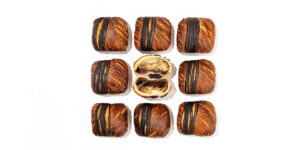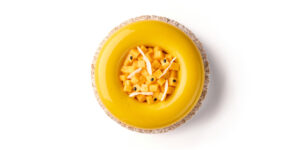Categories Pastry Chef Articles
Around the world with Break! (II)
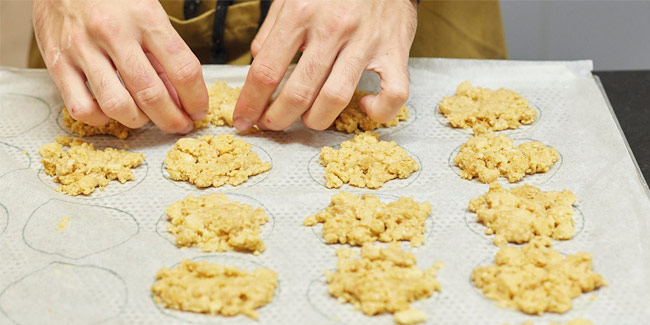
We continue touring the world through some of the most interesting cookies from the book Break!, by Eric Ortuño, a book with a most varied assortment. In this second installment, we find tea pastries that are versions of Austrian cakes as renowned as the linzer, cookies which are not very sweet like the original gazelle horns from Morocco, and the well-known bretzel, originally from Germany, as well as the popular cookies from the USA.

Discover Break! by Eric Ortuño
Scotland: Shortbread and Vanilla Raspberry Shortbread
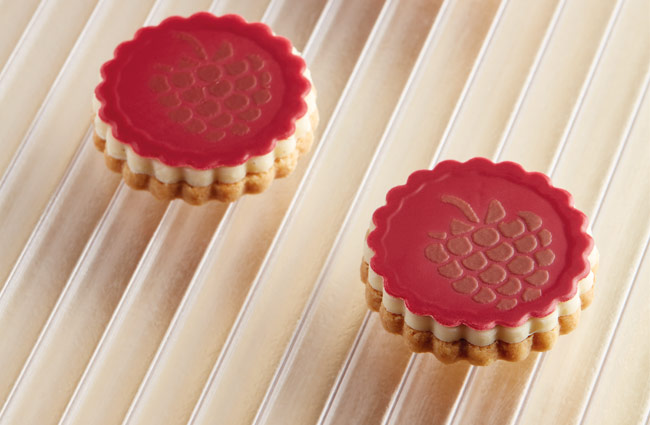
The Shortbread is a great representation of Scotland, a cookie rich in butter whose name alludes to its high fat content. It is not in vain that the term “short” comes from the English culinary word “shortening”, applied to vegetable or animal fats that are used in the preparation of brittle doughs. The result is a compact cookie that crumbles when broken. Break! also demonstrates a variety of shortbread cookies that combine vanilla and raspberry and which have a more attractive and contemporary presentation.
USA: Caramel Pecan Cookies and Gianduja Cookie
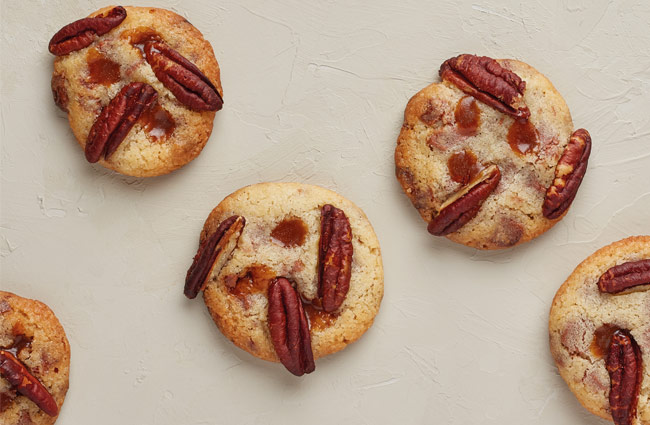
The gastronomy of the United States is reflected in the book through the Caramel and Pecan Nut Cookie. In honor of the original recipe with chocolate chips created by the North American cook Ruth Wakefield (1903-1977), Eric Ortuño includes in his most gastronomic version pieces of pecan nuts and an interior of salted caramel. The tribute to the USA is completed in the book with the Gianduja Cookie.
Germany: Bretzel
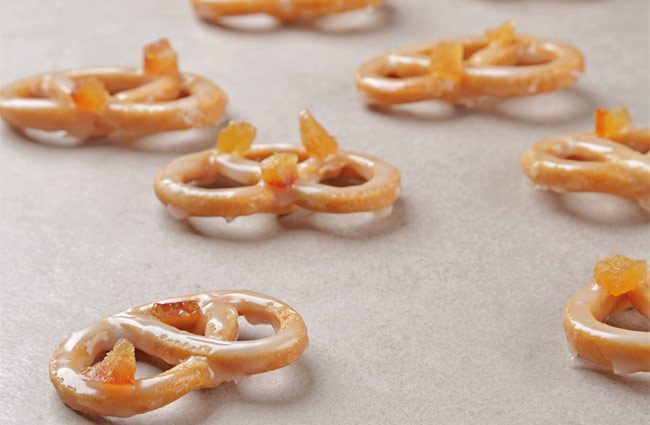
Although the bretzel is often associated with countries such as Switzerland, Austria, and the United States, its origin is in Germany. The bretzel or pretzel is a cookie or bread twisted in the shape of a bow, with a slightly salty touch. They are sold tied by a string and cannot be missing from any holiday in Germany, along with beer and sausages. In Break!, there are two versions of the bretzel, a savory appetizer type and a coated, sweet one.
Morocco: Gazelle horns
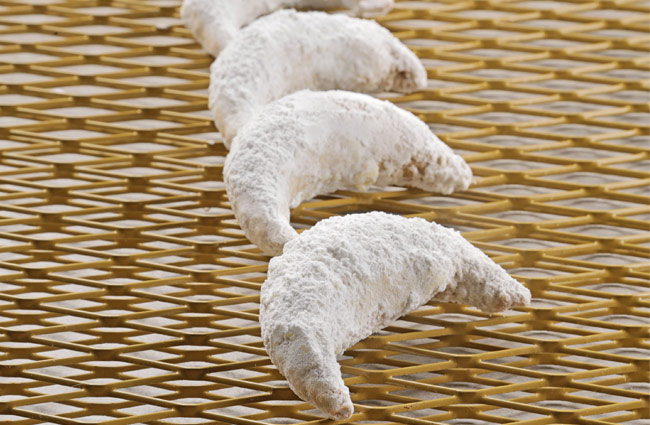
Break! includes one of the great classics of Maghreb pastry (Algeria, Libya, Mauritania, Morocco, Western Sahara, and Tunisia): Gazelle Horns. This cookie, which imitates the antlers of the antelopes of the African savannah, has a very slightly sweet dough, with a texture that is somewhere between sablé and shortcrust pastry. The sweetness of this tea pastry is due to the filling and the fact that after baking it is coated in syrup and then with icing sugar. The ingredient that provides its personality is the traditional orange blossom water from Maghreb gastronomy.
Denmark: Danish cookies
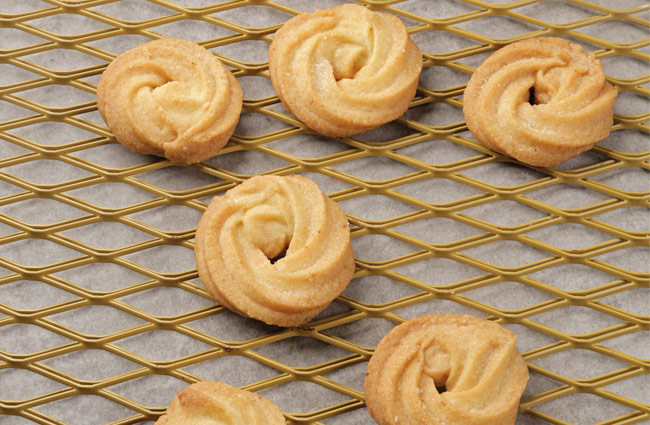
These are some of the most exported Danish products on an international scale. Not surprisingly, the famous blue metal boxes in which they are sold have been recycled in homes around the world as multi-purpose containers.
Initially associated with Christmas, in the preparation of Danish cookies there are two main ingredients, found in the same proportion, which stand out: softened butter and loose flour. The piping in a circular motion is the part of the simple elaboration process that requires the most concentration and skill and is done with a star shaped nozzle sleeve. To make everything easier, it should be made with a dough with a rather pasty texture.
Austria: Choco-raspberry Linzer
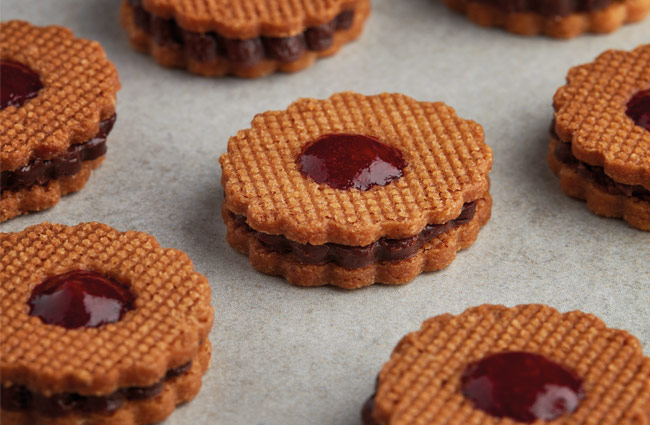
The traditional Austrian Linzer cake, originally from the city of Linz, has its cookie equivalent. An interesting contrast of textures and flavors is also sought in the tea pastry; the texture and buttery flavor of the dough contrasts with the characteristic raspberry jam and dark chocolate ganache. However, precisely because of these fillings, this tea pastry has a very short shelf life. If we wanted to extend its shelf life, we would have to replace the ganache with a gianduja and the jam with a fruit paste.
